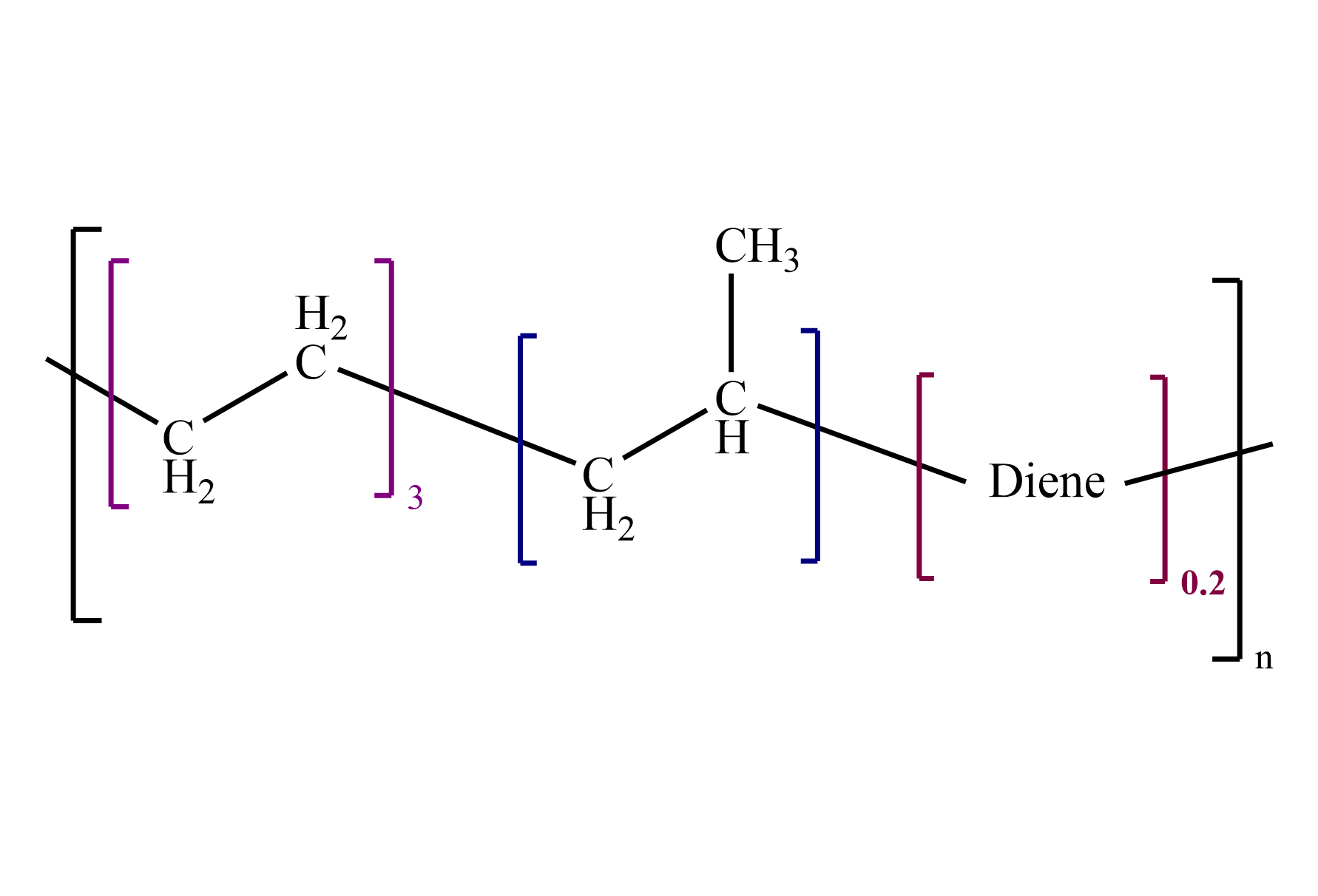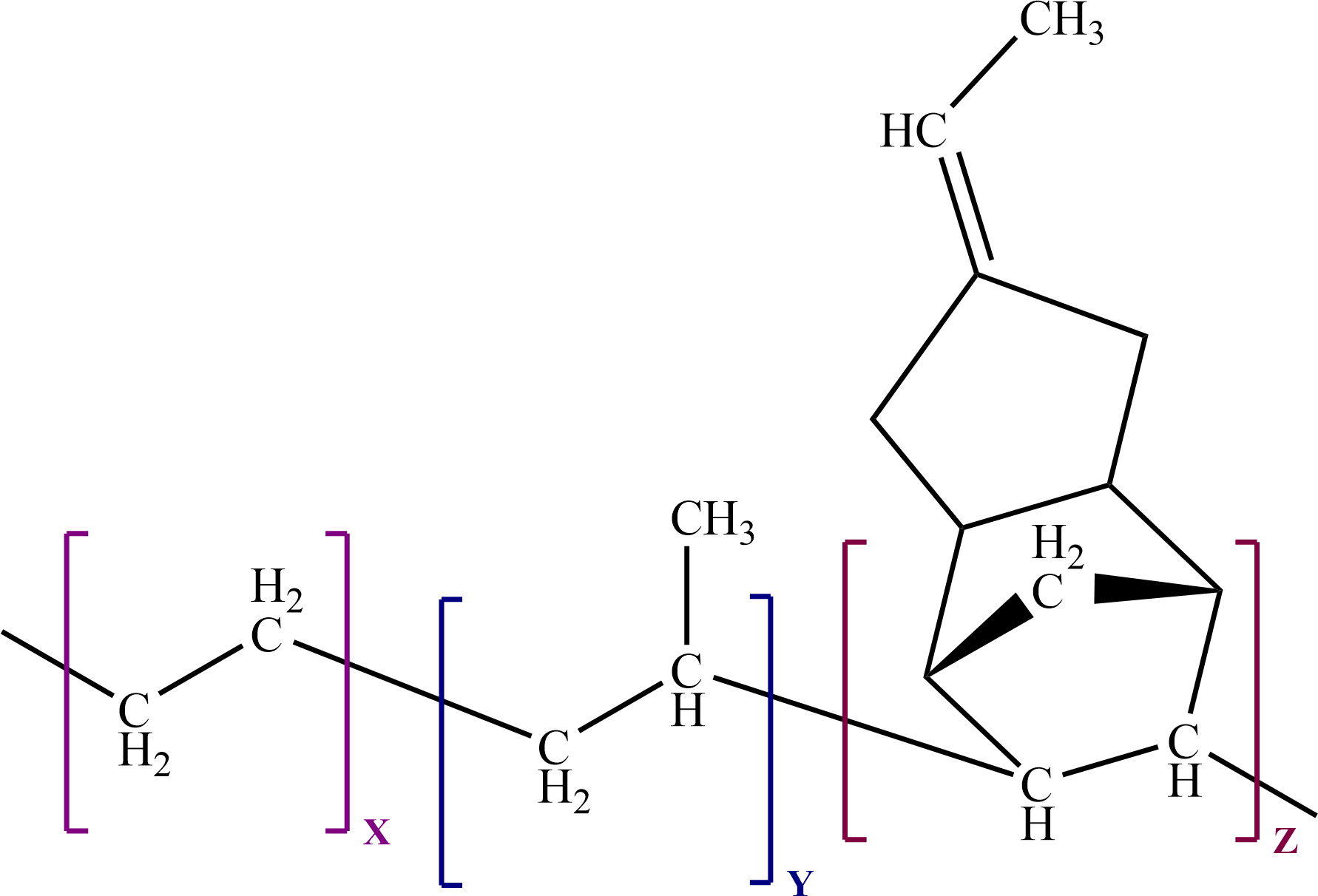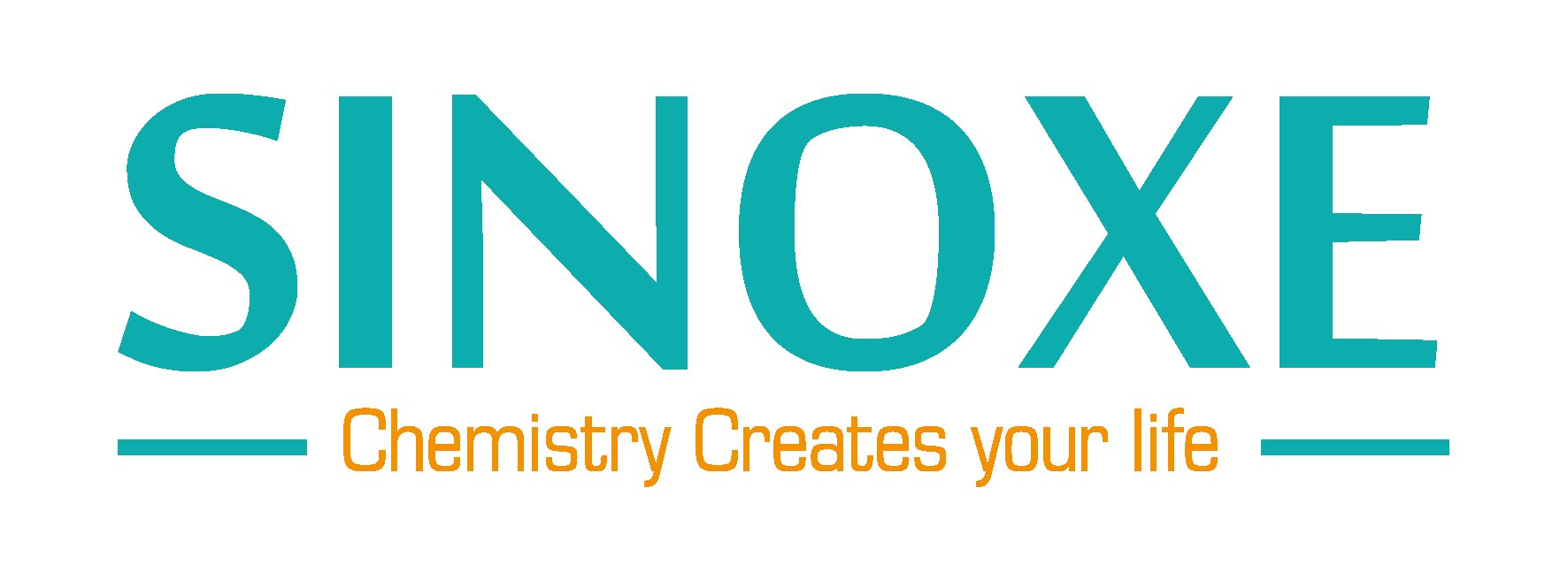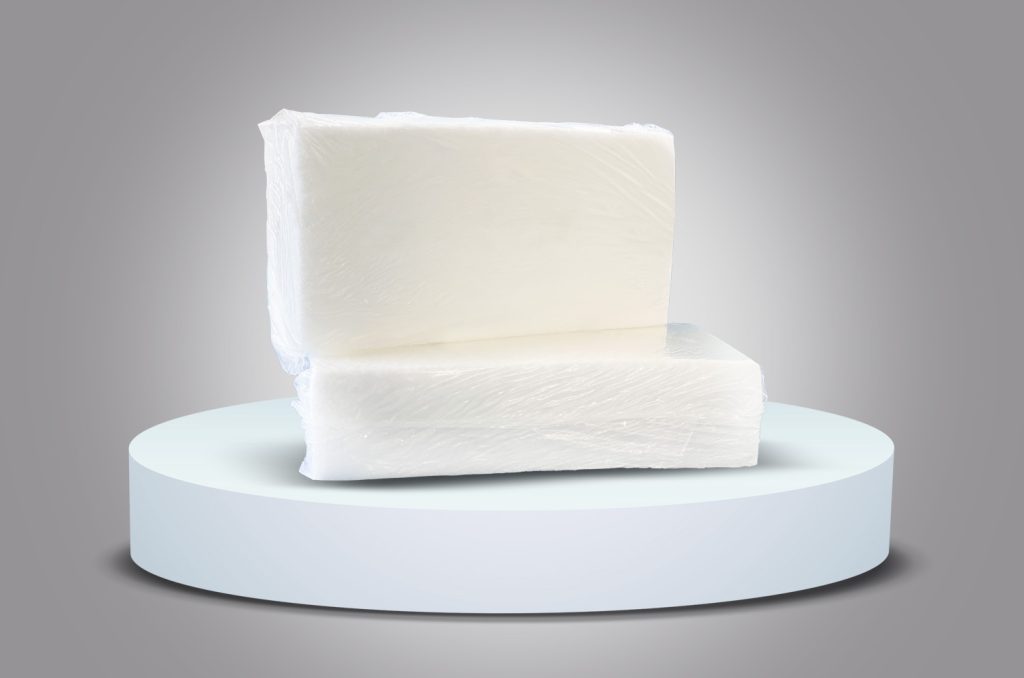What is EPDM?
EPDM (ethylene propylene diene polymers) is a versatile elastomer used in various applications. It is made through copolymerization of ethylene, propylene, and a third monomer for sulfur crosslinking.
Home / EPDM
EPDM
The first commercial ethylene propylene rubbers were made by the random copolymerization of ethylene and propylene in solution using Ziegler-Natta catalysts. Ethylene propylene diene polymers (EPDM) contains ethylene and propylene and also a third monomer that has been incorporated into the polymer for the express purpose of enabling a sulfur crosslinking. The third monomer contains a double bond that can then be accessed by the sulfur. Commercial grades of EPDM today represent ethylene contents from 40 to 80wt%. some general property trends can be stated about the polymer when the ethylene propylene contents are within the range. As the ethylene content increases, the polymer crystallinity increases. Conversely, as the ethylene content decreases and the propylene content increases, the polymer is increasingly amorphous

Ethylene-propylene EPDM
Types of Dienes in EPDM Polymer Curing
The dienes most commonly used today to make the ethylene propylene diene polymers (EPDM) are 1,4 hexadiene, ethylidene, norbornene and dicyclopentadiene, each conferring a different rate and state of cure to the polymer.

dicyclopentadiene

1,4-hexadiene

Ethylene Norbornene
Exploring Crystallinity Levels and Performance Characteristics
Typically, EPDM polymers are classified as either semicrystalline or amorphous. Amorphous grades, which have minimal crystallinity, are more flexible at low temperatures, lower in hardness, and more elastic. Semicrystalline grades, on the other hand, have several properties that are directly attributed to their crystallinity levels. When compared to the amorphous grades, they exhibit higher green strength, higher tensile and modulus, and higher hardness. They have less flexibility at low temperatures, and lower compression set.
Application of EPDM
The Ethylene Propylene Rubber are probably the most versatile of the general-purpose elastomers, and can be compounded in nearly the full spectrum of applications not requiring resistance to hydrocarbon oils. The high-volume use is in tire sidewalls as an additive to improve ozone resistance. Other major uses which exploit their desirable properties and versatility are single-ply roofing and ditch liners, automotive seals, gaskets, weatherstripping and boots, appliance parts, and hosing. Outside the rubber industry, they are used as viscosity modifiers in lubricating oils; they improve low temperature impact strength when added to polyolefins at low levels; and they form thermoplastic elastomers when blended in higher ratios with polyolefins or other thermoplastic resins.
Order EPDM from Sinoxe
At Sinoxe, we specialize in offering high-quality EPDM rubber products to meet your diverse needs. Our extensive range of EPDM rubber solutions is derived from the finest ethylene propylene diene polymers, ensuring superior performance and durability. Whether you require EPDM rubber for tire sidewalls, roofing applications, automotive seals, or any other industry.
We are here to guide you and provide advice

